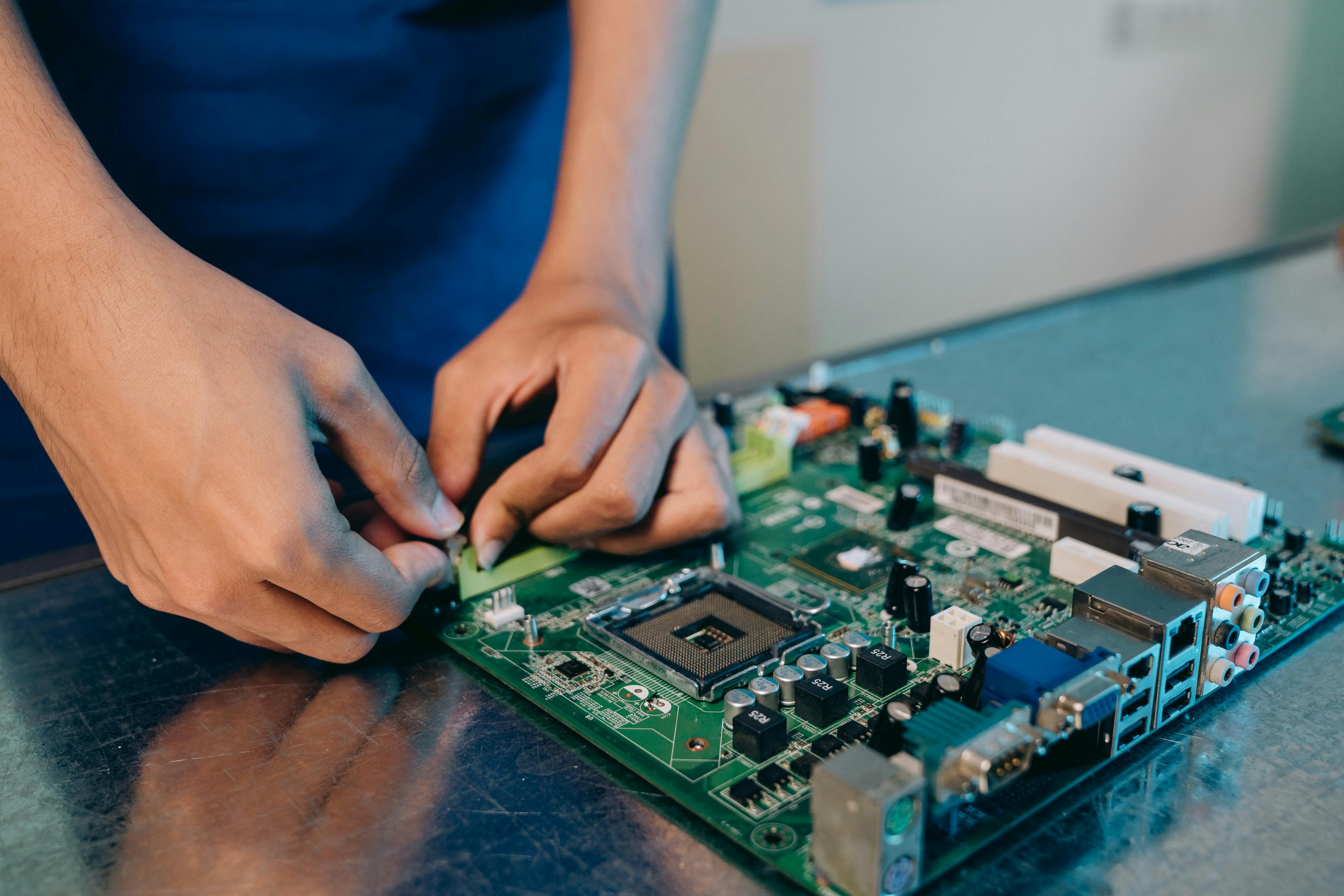
Artificial intelligence can generate up to five million tons of electronic waste by 2030, according to a report published by the journal Nature Computational Science. Researchers stress the need to implement a circular economy strategy.

The report states that, if recycling measures are not intensified, the case will become more and more acute and the amount of waste that accumulates will increase steadily. The amount of electric garbage or e-wast could exceed the amount of waste generated by India in 2030, taking into account that it is one of the most polluting countries.
Researchers have concluded that artificial intelligence can accumulate between 1.2 and 5 million tonnes of electronic waste. They have pointed out that much of the waste is from "hazardous materials", such as lead and chromium contained in batteries. The waste generated by the hardware has been investigated, among others, that generated by the processing, storage and feeding systems units.
The study, led by Peng Wang, has underlined the need to take appropriate measures to promote the recycling and management of electronic waste. Wang and his team have presented a four-scenario approach with different risk levels, and in the worst case scenario, the environmental impact would be "devastating". Against this background, they stressed the need to adopt more sustainable practices in the production of advanced technologies. According to experts, a circular economy strategy aimed at the reuse of materials could reduce the generation of electronic waste by 86%.